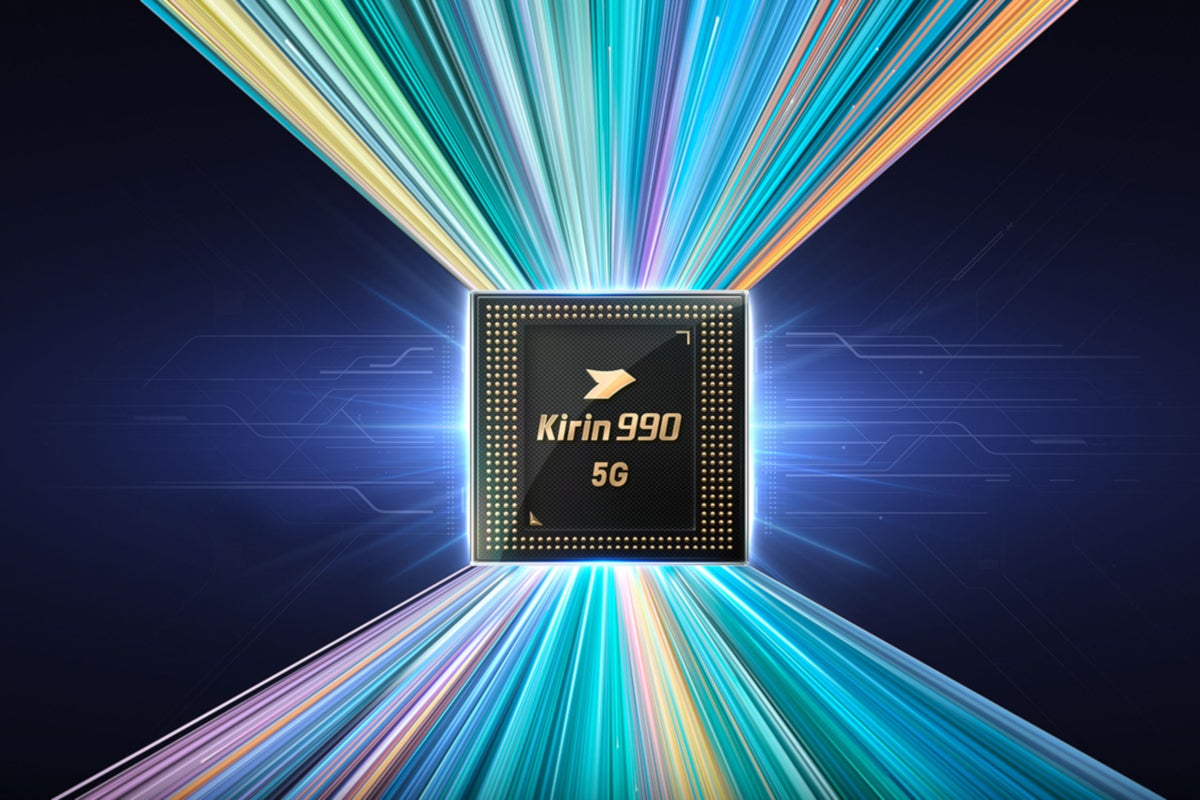Older Huawei phones in danger of losing Google apps and licensed versions of Android

UPDATE: Huawei has been able to update older handsets without directly doing any business with Google. The open source nature of Android requires that Google disseminate an update within 30 days. Huawei then sends that update to its older handsets. This way, Huawei users have their handset updated and both companies cannot be accused of violating the restrictions placed on Huawei by the U.S.
In May of last year, the U.S. Commerce Department called Huawei a national security threat and placed the company on the Entity List. Huawei's alleged ties to the Communist Chinese government were behind the action which essentially blocked the manufacturer from accessing its U.S. supply chain. And while the company was able to find a way to work around much of the ban, one U.S. company that Huawei has had to scramble to replace was Google.
The inability to license Google Mobile Services meant that Huawei could not load Google's apps on its Android-powered phones. But in China, most of Google's apps like the Play Store, Search, Maps, Drive, YouTube, and Google Assistant are banned anyway. Still, being placed on the Entity List meant that international versions of Huawei's newer phones produced after May 16th, 2019 (extended to August 13th, 2020 according to the Federal Register) were not allowed to use the Google Mobile Services version of the open source OS. Huawei replaced the latter with its own Huawei Mobile Services which is now being used by over 700 million people with a Huawei device.
Older Huawei handsets might be banned from using Google apps and the licensed version of Android
While older models produced before the Entity List ban were allowed to use Google's version of Android (including the installation of Google apps) and receive Android updates, that might no longer be true. The temporary general license (TGL) discussed in the aforementioned Federal Register (via The Washington Post) expired yesterday which means that older Huawei handsets, even those sold before the company was placed on the Entity List, might no longer be able to license Google Mobile Services.

The Huawei Mate 40 line will be the last powered by Huawei's Kirin chipsets
There is a chance that the temporary general license will be renewed only because it was approved in the first place to help rural telecom firms in the states. Some of these companies use Huawei's equipment in their networks. After all, besides being the top phone manufacturer in the world (at last count), Huawei is the number one source of networking equipment. The U.S. government wants to work with these rural telecom companies to remove and replace Huawei's gear. In an emailed statement, the Commerce Department said it had originally issued the TGL since it provided an opportunity for users of Huawei devices and telecommunications providers to continue to temporarily operate such devices and existing networks while hastening the transition to alternative suppliers."
It isn't clear whether the U.S. will extend the temporary license although rural telecommunications firms have yet to remove Huawei's gear from their networks. The FCC estimates that it will cost these small companies $1.89 billion to remove the equipment from 3G and 4G networks and it could take as long as two years to complete the job. The rural firms used Huawei's equipment before the U.S. started to ban its use. To this day, Huawei still has an edge when it comes to the pricing and financing of its gear; it also has the technological edge over rivals like Nokia, Ericsson, ZTE, and others.
The company is about to deal with another headache brought on by the Trump administration. Starting in the middle of next month, Huawei will not be allowed to receive any shipments of chips from foundries that use U.S. technology to build them. As a result, TSMC, the largest independent chip manufacturer on the planet, will no longer be permitted to ship cutting-edge 5nm Kirin chipsets to Huawei without permission from the U.S.
Earlier this month, Huawei said that this fall's Mate 40 line will be the last powered by its in-house Kirin chips. The manufacturer can't turn to China's largest foundry, SMIC, because the latter remains a few process nodes behind TSMC and Samsung. One possible solution that reportedly is being discussed would have Huawei drop its own chips for Qualcomm's Snapdragon line. The odds of such a move improved greatly after Huawei and Qualcomm agreed to an Apple-esque settlement that included a licensing agreement between the companies. This would still require approval from the U.S. government since TSMC manufacturers Qualcomm's chips. Still, Qualcomm is an American company headquartered in San Diego and it would receive a huge financial windfall by agreeing to supply Huawei with chips. The U.S. government would surely be happy to see an American firm supply the world's largest phone manufacturer, wouldn't it?
Follow us on Google News









![A new Android bug is making it impossible to install new apps. Are you affected? [UPDATE]](https://m-cdn.phonearena.com/images/article/176703-wide-two_350/A-new-Android-bug-is-making-it-impossible-to-install-new-apps.-Are-you-affected-UPDATE.webp)

Things that are NOT allowed:
To help keep our community safe and free from spam, we apply temporary limits to newly created accounts: